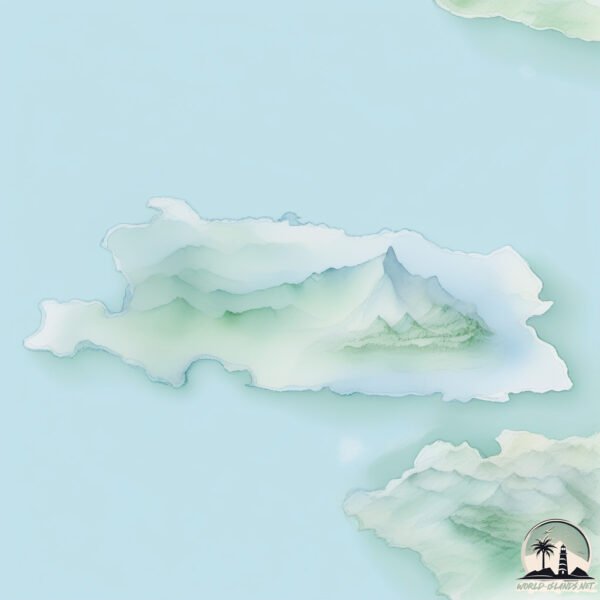Welcome to Stokes , a Temperate island in the South Pacific Ocean, part of the majestic Pacific Ocean. This guide offers a comprehensive overview of what makes Stokes unique – from its geography and climate to its population, infrastructure, and beyond. Dive into the details:
Geography and size of Stokes
Size: 123.4 km²Coastline: 86 kmOcean: Pacific OceanSea: South Pacific OceanContinent: South America
Stokes is a Large Island spanning 123 km² with a coastline of 86 km.
Archipel: –
Tectonic Plate: Aegean Sea – Located in the eastern Mediterranean, this microplate is characterized by seismic and volcanic activity due to its interaction with the Eurasian and African Plates.
The geographic heart of the island is pinpointed at these coordinates:
Climate and weather of Stokes
Climate Zone: TemperateClimate Details: Temperate Oceanic ClimateTemperature: Warm Summer
Climate Characteristics: Known for its moderate year-round temperatures with ample rainfall and no dry season. Warm summers are characteristic.
Topography and nature of Stokes
Timezone: UTC-04:00Timezone places: America/La_PazMax. Elevation: 643 m Mean Elevation: 121 mVegetation: Evergreen Broadleaf ForestTree Coverage: 87%
The mean elevation is 121 m. The highest elevation on the island reaches approximately 643 meters above sea level. The island is characterized by Plateau: Elevated flatlands rising sharply above the surrounding area, with a maximum elevation over 500 meters but a mean elevation less than 300 meters, forming unique highland areas on islands.
Dominating Vegetation: Evergreen Broadleaf Forest
Vegetation: 7 vegetation zones – Very Highly Diverse Island
Infrastructure and Travelling to Stokes
Does the island have a public airport? no .
Does the island have a major port? no .
The mean population of Stokes is 0 per km². Stokes is Uninhabited. The island belongs to Chile .
Continuing your journey, Rowlett is the next notable island, situated merely km away.
Error 403 The request cannot be completed because you have exceeded your
quota . : quotaExceeded
Chile is classified as Emerging region: G20: Group of Twenty – Major economies comprising both developed and emerging countries, representing the world’s largest economies. The level of income is Upper middle income.
News – Latest Updates and Headlines from Stokes
Stay informed with the most recent news and important headlines from Stokes. Here’s a roundup of the latest developments.
Loading...
Please note: The data used here has been primarily extracted from satellite readings. Deviations from exact values may occur, particularly regarding the height of elevations and population density. Land area and coastline measurements refer to average values at mean high tide.

